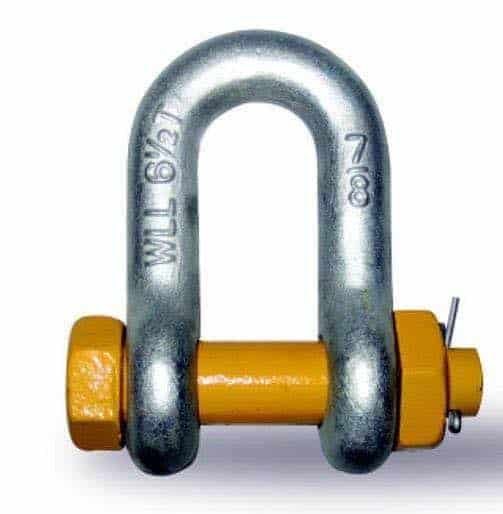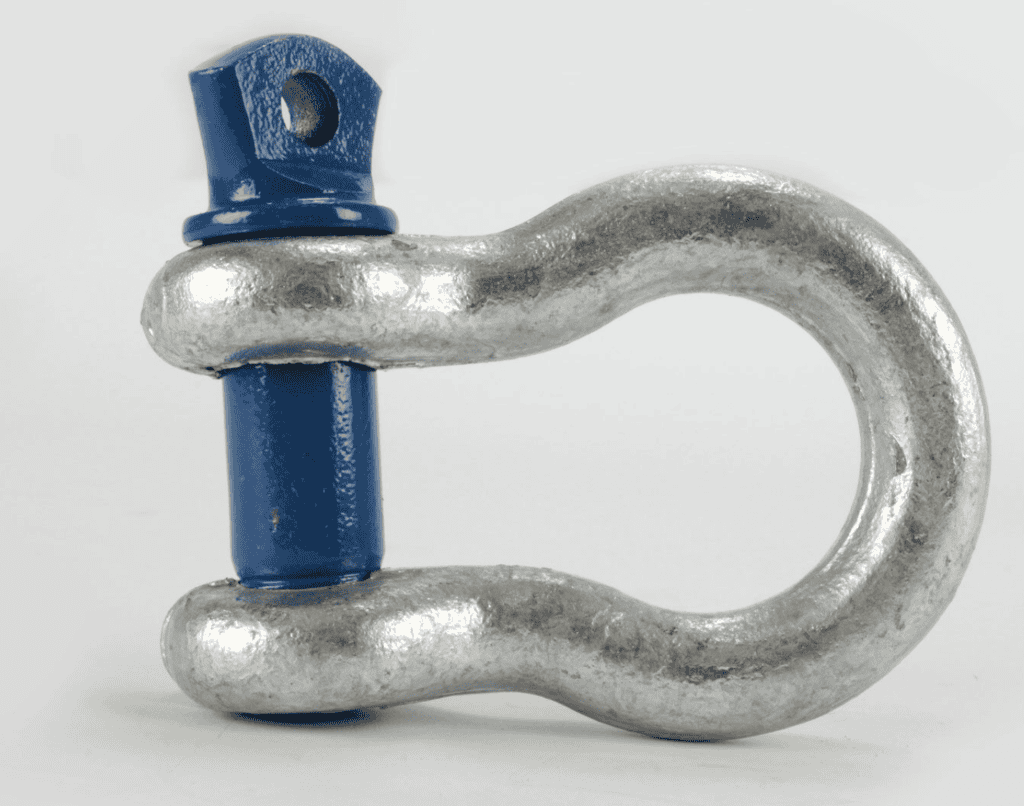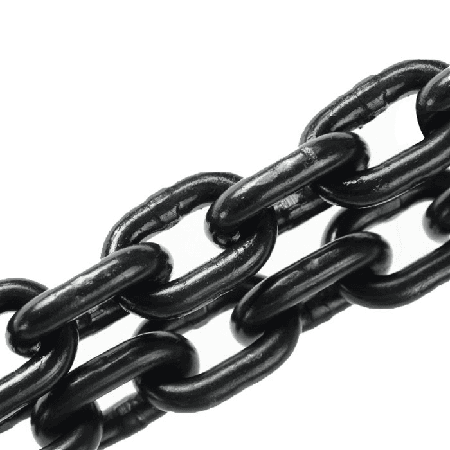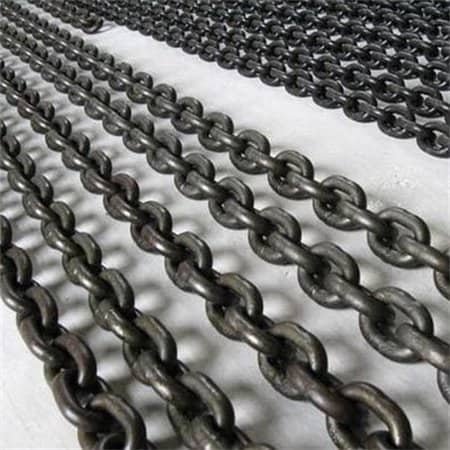Dee Shackle vs Bow Shackle
Shackles are vital components in lifting, rigging, and lashing operations, providing secure connections between loads and lifting equipment. Dee and bow shackles are the most widely used among the various types.
What is Dee Shackle?

A Dee shackle, also known as a D shackle, has a narrow, D-shaped design.
- Key Features:
- Compact and lightweight.
- Designed for straight-line loads.
- Limited space for multi-directional connections.
- Common Applications:
Dee shackles are ideal for applications where the load is applied in a single, linear direction, such as:- Connecting slings to lifting hooks.
- Securing loads in lashing systems.
What Is a Bow Shackle?

A bow shackle features a wider, rounded design resembling an arch.
- Key Features:
- Wider opening for more flexibility.
- Suitable for multi-directional loads.
- Higher tolerance for side loads compared to Dee shackles.
- Common Applications:
Bow shackles excel in scenarios that require connecting multiple slings or handling loads from various angles, such as:- Multi-leg sling configurations.
- Heavy-duty lifting in construction or marine industries.
Key Differences Between Dee Shackle and Bow Shackle
| Feature | Dee shackle | Bow Shackle |
| Shape | Narrow, D-shaped | Wide, rounded bow |
| Application | Straight-line loads | Multi-directional loads |
| Load Capacity | Limited lateral load tolerance | Handles side loads better |
How to Choose the Right Shackle
When deciding between a Dee shackle and a bow shackle, consider the following:
- Load Direction:
- Choose a Dee shackle for straight-line lifting or lashing.
- Opt for a bow shackle if the load is applied from multiple angles.
- Space and Flexibility:
- Use a Dee shackle in compact setups with limited space.
- Use a bow shackle for larger configurations requiring more freedom.
- Load Requirements:
- Check the Working Load Limit (WLL) and Maximum Breaking Load (MBL) to ensure safety.
Tips for Using Shackles Safely
- Always inspect shackles for wear, deformation, or corrosion before use.
- Ensure the pin is securely tightened, but avoid over-tightening.
- Never exceed the shackle’s rated load capacity.
- Avoid side-loading a Dee shackle; use a bow shackle instead for side loads.
Conclusion
Both Dee shackles and bow shackles serve essential roles in lifting and rigging operations. Understanding their differences can help you choose the most suitable option for your specific needs. Always prioritize safety by selecting the correct shackle type, verifying its load capacity, and following proper usage guidelines.


